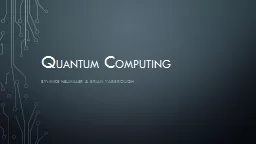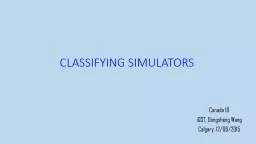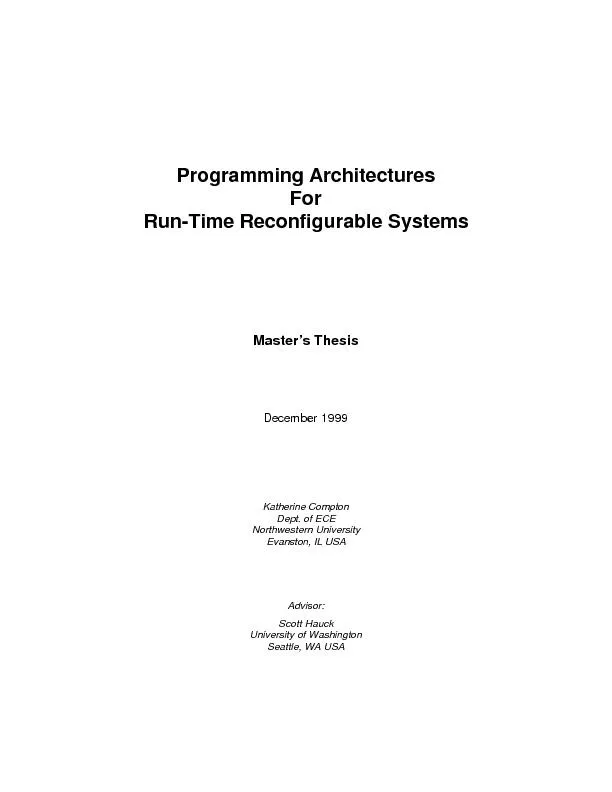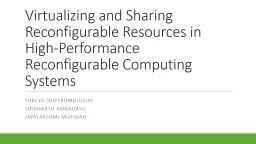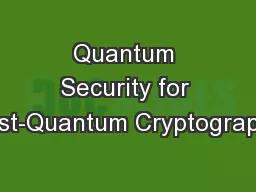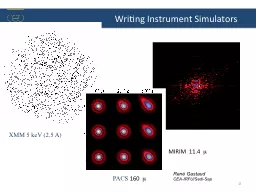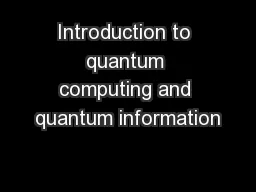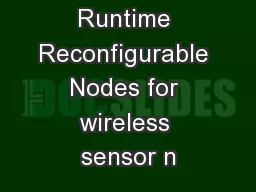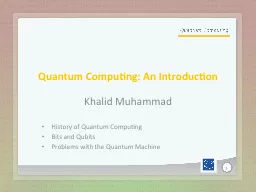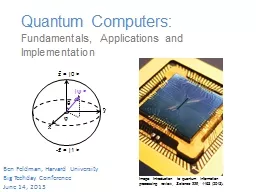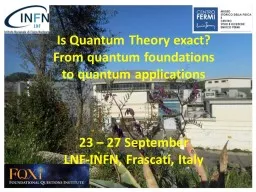PPT-Reconfigurable Quantum Computers and Simulators with
Author : tatiana-dople | Published Date : 2019-06-22
Atomic Ions Christopher Monroe University of Maryland JQI QuICS and IonQ Inc 1 mm University of Maryland Center for Quantum Information amp Computer
Presentation Embed Code
Download Presentation
Download Presentation The PPT/PDF document "Reconfigurable Quantum Computers and Sim..." is the property of its rightful owner. Permission is granted to download and print the materials on this website for personal, non-commercial use only, and to display it on your personal computer provided you do not modify the materials and that you retain all copyright notices contained in the materials. By downloading content from our website, you accept the terms of this agreement.
Reconfigurable Quantum Computers and Simulators with: Transcript
Download Rules Of Document
"Reconfigurable Quantum Computers and Simulators with"The content belongs to its owner. You may download and print it for personal use, without modification, and keep all copyright notices. By downloading, you agree to these terms.
Related Documents



